Valve's Steam Deck portable PC gaming console is hard to get right now because of assorted supply chain issues. But, for long-time Mac-centric gamers not only does it open up a whole new world of games, it restores the ability to play many long-gone 32-bit games of yore.
The iPhone and smartphones aren't just the only outlet for portable gaming, as the Nintendo Switch and retro consoles like Sega's Game Gear provide console-quality action in a user's hands. These console experiences are good, but for Mac and PC gamers who typically have vast Steam libraries, there needs to be another option.
Valve already provides an app, Steam Link, which lets users stream gameplay over a home network from their desktop computer to their iPhone or iPad. However, this is burdened by connectivity, as you need a good connection to the host for it to be a viable gameplay option.
If you're away from home, that vital connection to the host won't be enough to fully enjoy gameplay. Instead of streaming, such situations call for on-device processing and localized gameplay.
Valve's continued attempts to get into hardware has resulted in the Steam Deck.
Specifications
| Specifications | Steam Deck |
|---|---|
| Starting Price | $399 |
| Dimensions (inches) | 11.73 x 4.60 x 1.92 |
| Weight (pounds) | 1.47 |
| Display | 7-inch IPS LCD touchscreen |
| Resolution | 1,280 x 800 |
| Brightness | 400 nits |
| Processor | AMD APU Zen 2 quad-core 2.4GHz-3.5GHz CPU |
| Graphics | AMD APU 8 RDNA 2 CUs, 1.6TFlops |
| Memory | 16GB LPDDR5 |
| Storage | 64GB eMMC, 256GB NVMe SSD, 512GB high-speed NVMe SSD. microSD card |
| Controls | 2 x Thumbsticks with capacitive touch, 2 x Square pressure-sensitive trackpads, D-pad, ABXY buttons, 2 x Analog triggers, 2 x Bumpers 4 x Assignable grip buttons View, Menu, Quick Access, and Steam buttons, Volume controls Power button |
| Battery | 40Whr, 2-8 hours of gameplay, 45W USB Type-C PD3.0 Power Supply |
| Networking | Dual-band 802.11ac, Bluetooth 5.0 |
| Camera | 1080p FaceTime HD |
| Audio | Stereo speakers, 3.5mm stereo headphone/headset jack, Dual microphone array |
| Ports | USB-C with DisplayPort 1.4 Alt-mode, Headphone jack, MicroSD slot |
Large and dedicated to gaming
At face value, you could probably compare the Steam Deck to the various iPhone and iPad add-on controllers on the market. While those accessories clamp onto the ends of the mobile devices and add extra controls, Valve instead goes for an all-in-one device, with fixed controls either side of a central display.
At 11.73 inches long and 4.6 inches tall, it's a hefty device to carry around, especially since it doesn't fold or disassemble to a smaller size. The controllers don't slide off, like the Nintendo Switch.
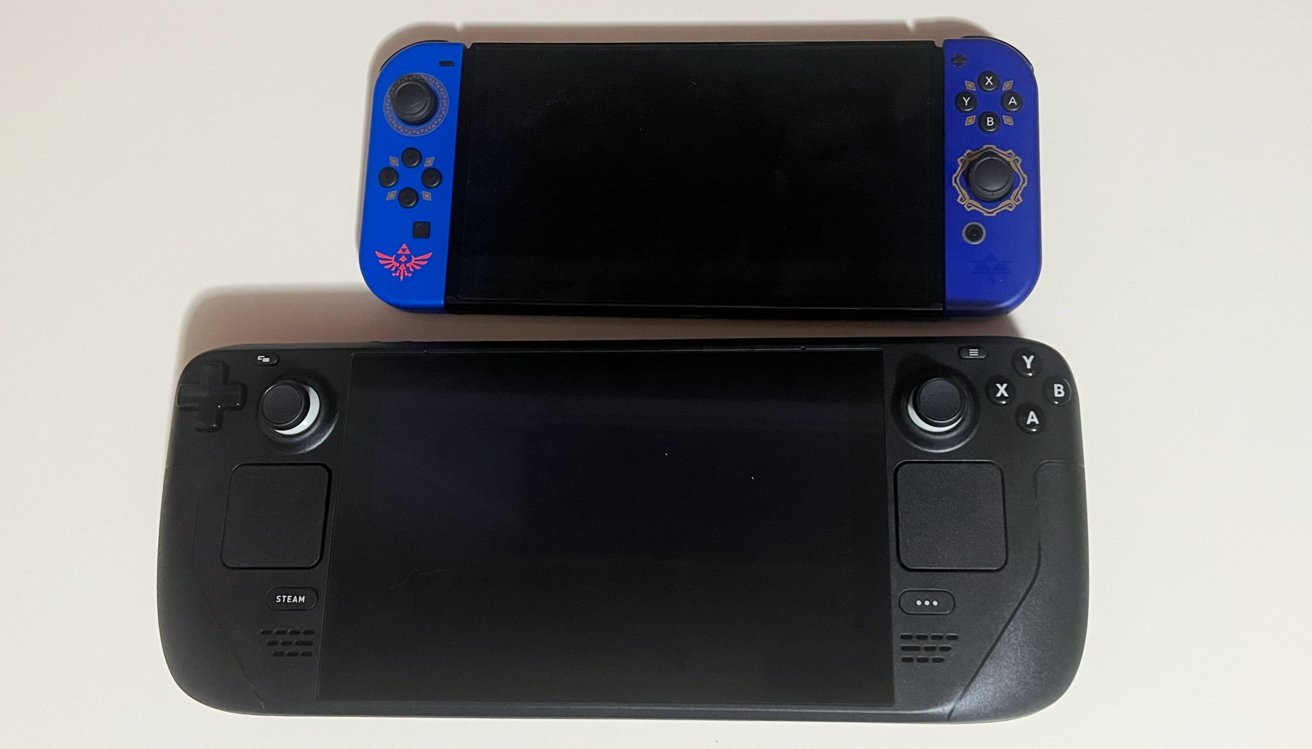 The Steam Deck shares elements with the also-pictured OLED Nintendo Switch, but you can't shorten it by removing the controls.
The Steam Deck shares elements with the also-pictured OLED Nintendo Switch, but you can't shorten it by removing the controls. It's also a fairly heavy device at 1.47 pounds, roughly half a 13-inch MacBook Pro or more than double the weight of the iPhone 13 Pro Max.
Evidently, if you are dedicated enough to game on the move, you're going to need to be prepared to haul this thing around.
A highly portable PC
Rather than being a streaming device, the Steam Deck is effectively a hand-held gaming PC. Albeit one that is compact and not necessarily as all-singing, all-dancing as some on the market.
Inside the Steam Deck is a custom AMD APU, which is centered around a Zen 2 CPU. This is a quad-core CPU with eight threads, clock speeds between 2.4GHz and 3.5Ghz, and offering up to 448 Gflops of FP32 performance.
The APU also includes 8 RDNA 2 compute units, clocked at between 1GHz and 1.6GHz. This GPU solution provides up to 1.6TFlops of FP32 performance, which is pretty good for gaming.
As a handheld device that has to be concerned about thermals, the APU runs between 4 watts and 15 watts, so it can both be power-efficient and offer full-bore performance when required.
That chip is paired with 16GB of LPDDR5 memory, as well as a wide variation of storage. The base option is a 64GB eMMC, with a mid-tier option being a faster 256GB NVMe SSD. The top option is a 512GB "high-speed" NVMe SSD, faster again than the 256GB option.
This difference in speed may be an issue for some games that are storage-dependent for loading maps and graphics, which may push some players up to the higher capacities.
Even these capacity options won't be enough for some games, so there's an option available to use microSD as a secondary drive.
All of the gameplay is shown on a seven-inch multitouch-enabled display, an optically-bonded IPS LCD panel to help with readability. At 1,280 by 800 pixels, the screen has a pixel density of 215ppi, with its brightness of 400 nits also adequate for evening gaming.
That resolution, along with a maximum refresh rate of 60Hz is more than enough for a seven-inch display. It's also beneficial to the hardware, since it doesn't need to crank out gameplay at higher, more resource-consuming resolutions.
Our review unit is the high-end one with the "premium anti-glare etched glass." Nano Texture it is not, but in practice, it has less glare than the non-OLED Nintendo Switch, and about the same as that higher-end Switch.
When we fortuitously compared it to a fellow traveler's $399 model, there was notably less glare on the higher-end model.
Plentiful controls
As a handheld gaming device, the Steam Deck needs console-quality controls. Leaning on Valve's experience with the Steam Controller and Valve Index VR system, the Steam Deck includes quite a few conventional controls, as well as some unusual additions.
The standard D-pad is in the top left corner on the front, with the typical A, B, X, and Y buttons mirroring it on the right. Just to the side are left and right thumb sticks, which are also capacitive.
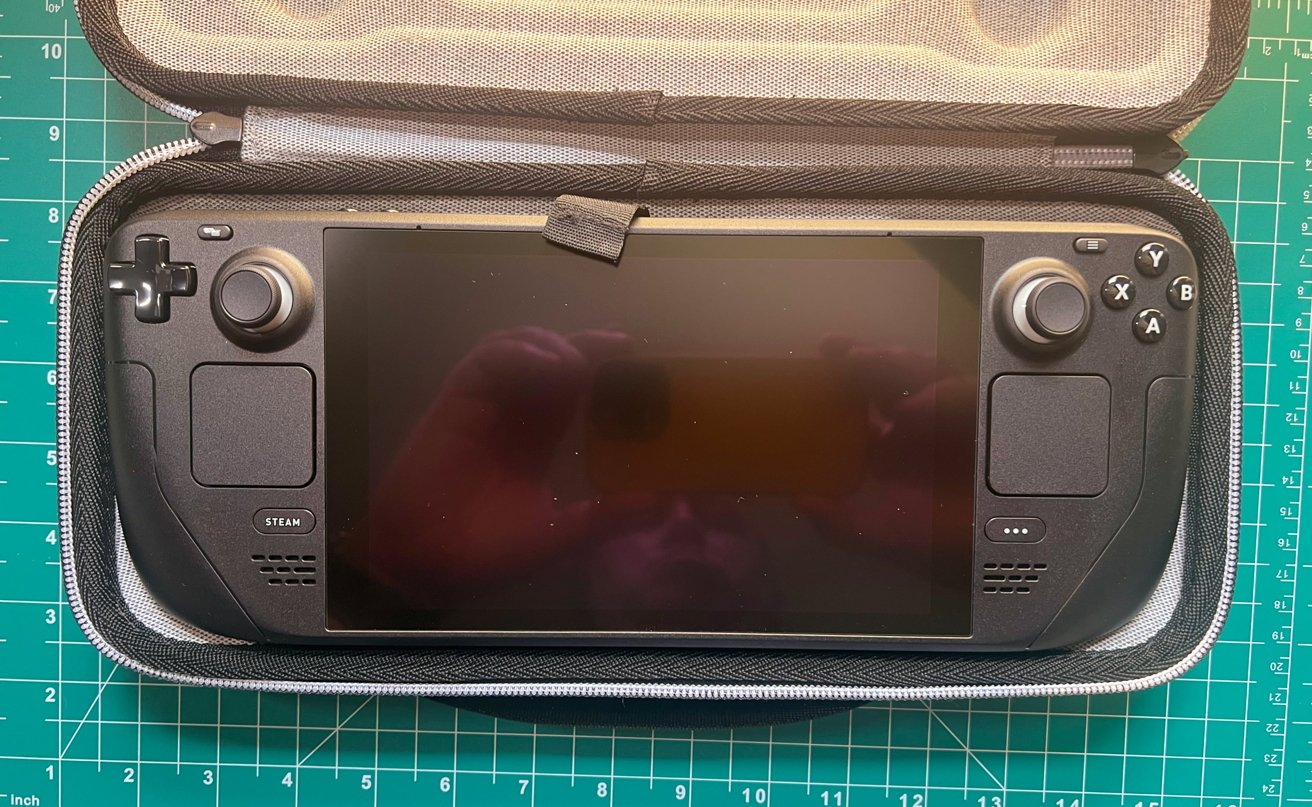 There are quite a few standard controls on the front of the Steam Deck, including a pair of trackpads.
There are quite a few standard controls on the front of the Steam Deck, including a pair of trackpads. In the middle of the left and right sections are a pair of square trackpads, barely bigger than an inch each. Borrowing the interface from the Steam Controller, the trackpads are pressure-sensitive so they can be clicked, complete with haptic feedback, and are claimed to offer 55% better latency than its predecessor.
The screen is touch-enabled, with it able to take up to ten touch inputs at a time. The front also has dedicated buttons for View, Steam, Quick Access, and Menu.
On the top are volume controls, the headphone jack, the power button, a fan, and the shoulder bumpers and triggers.
On the more unusual side, the back of the Steam Deck features two pairs of configurable controls, which players could use to mirror face buttons or for other tasks.
There's also gyroscopic control, though it is unclear how useful this will be for gaming in the long run.
Not Just Handheld
Though the entire unit is built to be able to run independently of other hardware, it's not limited to just that style of gameplay. Since it is basically a PC, you could feasibly use it as such.
Since it uses a USB-C port, as well as Bluetooth, it can work with other accessories. With the right extra controllers, you could play multi-player titles locally from the small screen.
That USB-C port can handle power and data, as well as video. Using its DisplayPort 1.4 alt-mode, you could directly connect it to an external display, with it able to handle an 8K resolution at 60Hz or a 4K resolution at 120Hz.
It can support that higher resolution display, but we still recommend 1080p on the external display. The machine's fans start to howl at higher resolutions, and gameplay suffers a bit.
It can also be hooked up to USB-C hubs and docks. Borrowing from the Nintendo Switch, there's also a forthcoming Docking Station you can use to connect the Steam Deck to a lot of other hardware.
With the Steam Deck seated, the dock — when it fully ships — offers one USB Type-A Gen 3.1 port, two USB Type-A Gen 2.0 ports, Ethernet, DisplayPort 1.4, and HDMI 2.0, as well as a power pass-through.
So, just like a Switch, you can connect the Steam Deck up to the TV and use it like a home game console. However, you could just as easily hook up a monitor, keyboard, and mouse, and use it as a standard desktop gaming PC.
And, if you were so inclined, you can install a full copy of Windows.
Steam library and compatibility
Valve is also working to make sure that users can play as many games that they could buy from the Steam store as possible. With the infamous Steam sales over the years, some players can have quite sizable collections and piles of shame.
Valve is crowd-sourcing data on every game in its store for the Steam Deck, using a series of checks to say whether a game is fully compatible with the handheld system or not.
Games that pass all checks are listed in the store and libraries as Verified, though games that may require some manual tweaking are deemed Playable.
Valve acknowledges there are some games that are "unsupported" by the Steam Deck, and warns as such. After all, the games are loaded with an assortment of compatibility tools, and games aren't known to be strictly playing by programming rules when coded.
The largest category by far, the unverified grouping, contains the vast majority of the platform's titles.
Details of a game's particular compatibility is also displayed within the Steam storefront, with the store also promoting games that are "Great On Deck" as the first option viewable on the device.
In our testing, out of a library of 477 titles, 60 were classified as "Great on Deck." The biggest problems on the "playable" or "unverified" titles were too-small text on the Deck's screen.
Some big titles like No Man's Sky — which is coming to Mac and iPad soon — are good to go. Other AAA titles like Destiny 2 may never make it, because of anti-cheat libraries that we don't expect to ever get ported over.
So in short, your mileage may vary. Fortunately, you can check your library without owning a Steam Deck.
Battery life
Steam claims that 40 watt-hour battery in the Steam Deck will provide between two hours and up to eight hours of gaming. In the real world, it's less.
Left to its own devices, a AAA title running directly on the deck will drain that battery in about an hour and a half.
There are countermeasures to take. In recent OS updates, Valve introduced a Performance menu with advanced settings. The biggest setting there will be the framerate limit to 30 frames per second.
With the toggle off, letting the GPU run wild with the screen set to 50% brightness, I played No Man's Sky for just a hair under two hours. With the toggle on, it increased time from a full battery to a dead one to four hours and two minutes.
If you're playing relatively low-res titles, you'll get more out of the console's battery than you will from a AAA graphically intensive title. Just like it is on any other battery-powered device, the harder you push it, the less runtime you have.
Controllers and repairability
We've already mentioned the two analog sticks, the ABXY button diamond, the touchpads, and the shoulder buttons. They're all responsive, and as of yet, we haven't seen any drift that the Nintendo Switch still seems to suffer from.
But even when we do, we can buy repair parts and see step-by-step guides from iFixit. Yes, the folks that have been doing the teardowns of Apple gear for over a decade.
Keep in mind, though, that just because the parts are available, that doesn't make the repair cost-effective. A screen repair kit for the high-end Steam Deck reviewed here is $99.99. The Google listing for the motherboard is $349 — the price of an entire low-end deck.
And while the repairs appear to a bit easier than fixing an iPad, they still require diligence, labor, and attention to detail. This is not a Beige G3 with a fold-down door and quarter-inch screws.
We like that there are parts available. We're just not sure that folks with little or no experience should try to do it themselves.
And a note of caution — the SSD is, in theory, upgradeable. Stick with a M.2 2230 if you do it, but Valve says that it is "not intended for end-user replacement."
Instead, use the micro SD slot. The SSD is far faster that the reader, so the AAA titles should go there. We didn't discern any real difference in loading games older than about five years old, nor was there discernibly slower load times on classic game emulation running from it.
Outside the box
We spoke earlier about how a full version of Windows can be installed, but frankly, we don't recommend it. Battery life is abysmal running Windows, and it is incredibly hard to navigate right now using the on-device controls.
But, the SteamOS on the deck is Linux at its core. "Non-Steam" software can be installed, for instance.
Out of the box, that section allows the user to install Chrome, which is a gateway to install just about anything you want — that runs on Linux. Or, you can use the Desktop mode of the device, and use the Discover app installed on the device.
We're not going to get into the procedure here, but there are several guides to help you through the process.
We've used this to install classic game emulators, and some other (pretty ancient) Linux games. The base controls on the Steam Deck aren't often great for this software, but given that the unit is USB-C, you can connect it to some kind of non-Thunderbolt docking station to use keyboard, mice, and external displays, if you were so inclined.
I admit, my office space is atypical with a portrait-oriented display amongst other landscape ones. Pinball games on that portrait display, though, are pretty nice.
Rebirth of old libraries
For Mac-centric users, though, there is an entire category of games that have been lost. If you're anything like me, you lost the ability to play an absolute pile of Steam games when Apple shifted to 64-bit only software in macOS Catalina.
The Steam Deck and SteamOS doesn't care if a game is 32- or 64-bit. Some of those classics that you lost that you own on Steam, you can play again. And, in our testing, many of them are fully Steam Deck compatible.
And again, there are better resources to see which of your old games never got that update that you may be able to play again. Some of them are back, some of them are mostly-supported on the Steam Deck, and a few are not.
Mostly ready, improvements still coming
The early reviews of the Steam Deck were positive on the hardware and less-so on the software. I got my day-one preorder a few weeks ago, nearly a full year after the preorder. There have been some significant changes in software since that debut.
The software is more stable than it was, and more compatible with user-installed software. We spoke earlier in this review about installing Windows, and there are Windows drivers for (most of) the hardware and controllers now.
And, fixes are still coming. The last update was June 29, and Valve documents the changes pretty well.
So, it may be fortunate that the wait list for the Steam Deck is long. By the time you can get one in your hands without paying an eBay premium, the software will be even more mature.
But today, we're very happy with the hardware and software. It won't replace my gaming PC, but as I write this, I'm well more than 500 miles away from it.
Lugging a cased portable is far easier than shlepping my desktop that is currently holding down the floor in my office.
Steam Deck Pros
- Well-designed hardware
- Sturdy and precise control surfaces
- microSD card slot for easy storage expansion
- For Mac users, 32-bit games are back!
- Good repairability but...
Steam Deck cons
- ... repairs right now are not what you'd call cost-effective
- Anti-cheat incompatibility means a lot of AAA titles won't work
- Most games have incredibly small text on the Steam Deck screen
- If developers want full compatibility, there's some work to be done
Steam Deck score
We liked the concept of the Steam Deck when it was announced. I was hoping that it could become a mobile Destiny 2 console, but alas — not today.
That hasn't stopped me from using it for all kinds of other non-iPhone titles. I am of an age where it's nice to carry around 500 of my favorite arcade games from days of yore in about 150 megabytes of storage, and just hammer away on a game that was never designed to run for very long on one quarter while I'm waiting in one travel queue, or on the train.
I've used a bunch of so-called Windows gaming hand-held consoles. They've been okay, but invariably there's some kind of "good enough" compromise in build quality to keep them to a reasonable not-$1000 price.
The Steam Deck leverages Valve's buying power to make a reasonably affordable desktop gaming console. It's not as tightly controlled as Nintendo's Switch or the iPhone — and that's mostly good.
If you want a gaming appliance, stick with the iPhone or Switch. The libraries on both are big, and you'll probably get the job done. For me, personally, the Steam Deck is a 4.5 out of 5 product.
For most of the rest of the desktop gaming-oriented crowd, it's probably a 4 out of 5 on the average, While library compatibility and the hardware are both good, the incompatibility of BattlEye and other anti-cheat platforms will be a bit of a problem. Like we said, your mileage may vary, depending on what you want to play.
Steam Deck overall score: 4 out of 5
Where to buy the Steam Deck
First of all, expect a wait. The Steam Deck is available from Valve for $399 with 64GB eMMC storage, $529 for a 256GB PCI-E 3 x2 SSD and a carrying case, and this review unit cost me $649.00 for a 512GB PCI-E 3 x4 SSD. In mid-July 2022, there is about a three-month wait between placing an order and the shipment of any configuration.
 Mike Wuerthele
Mike Wuerthele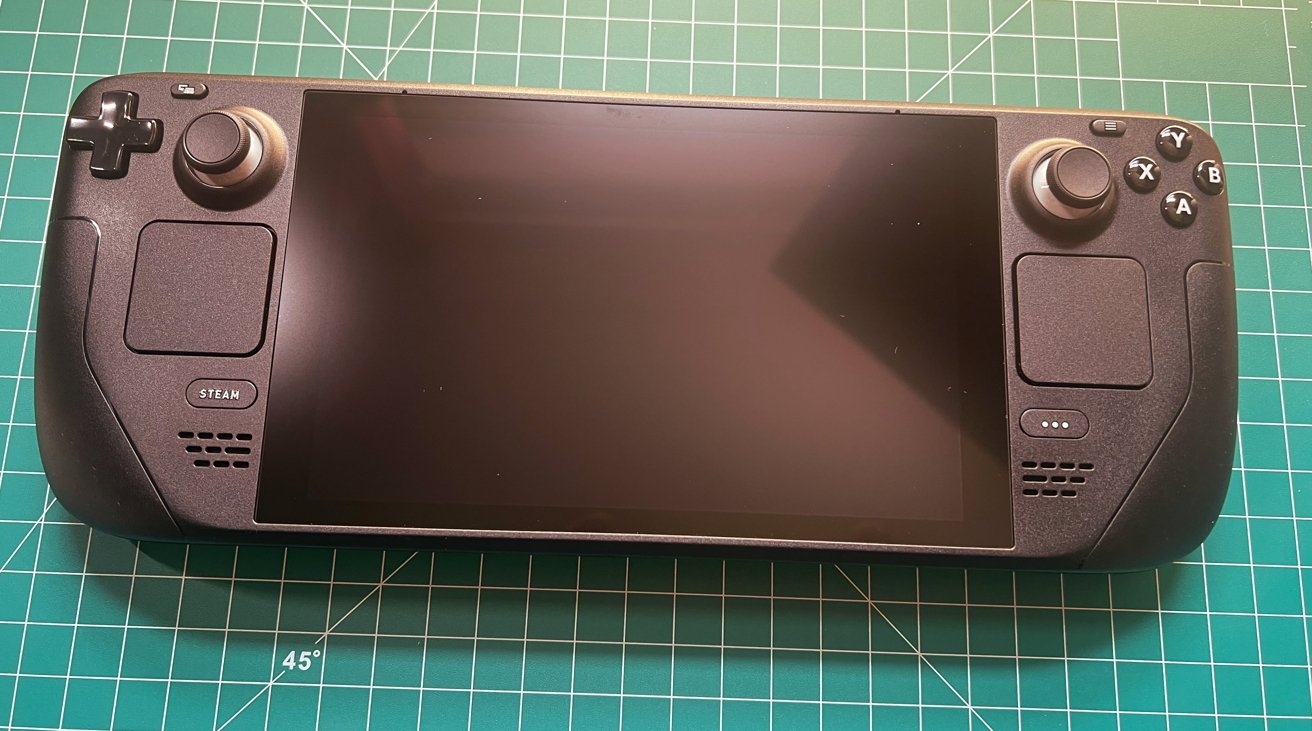
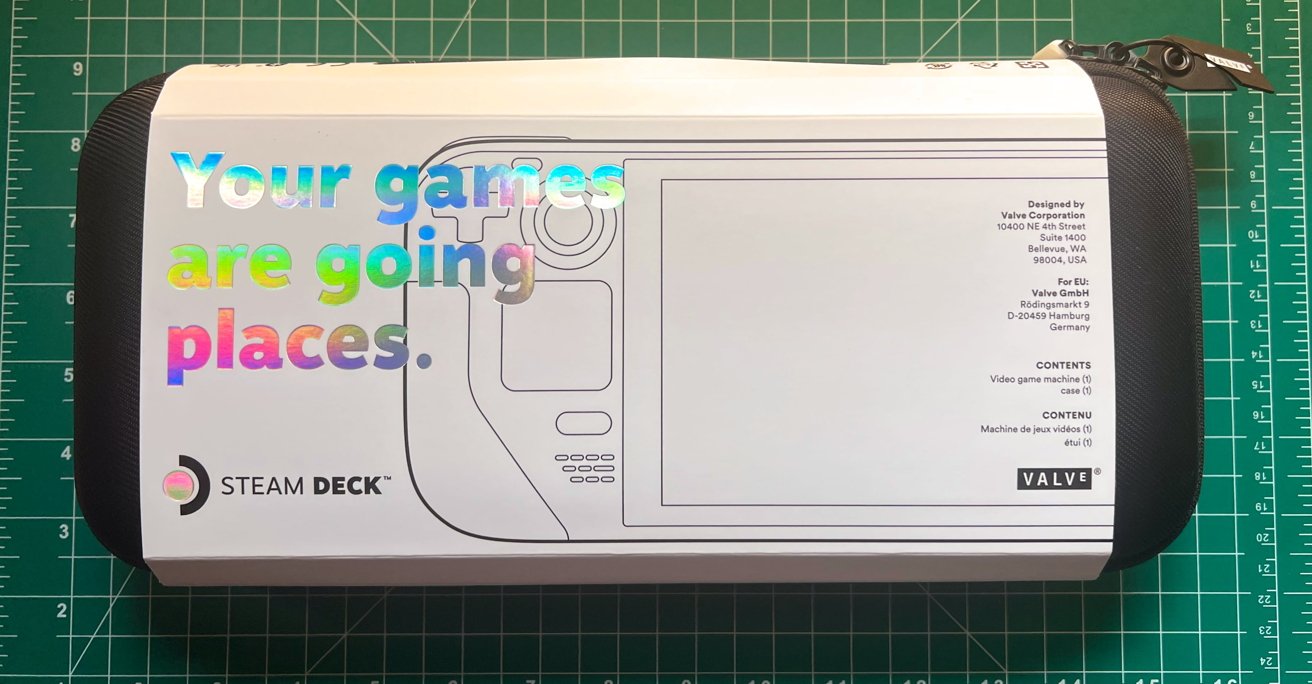
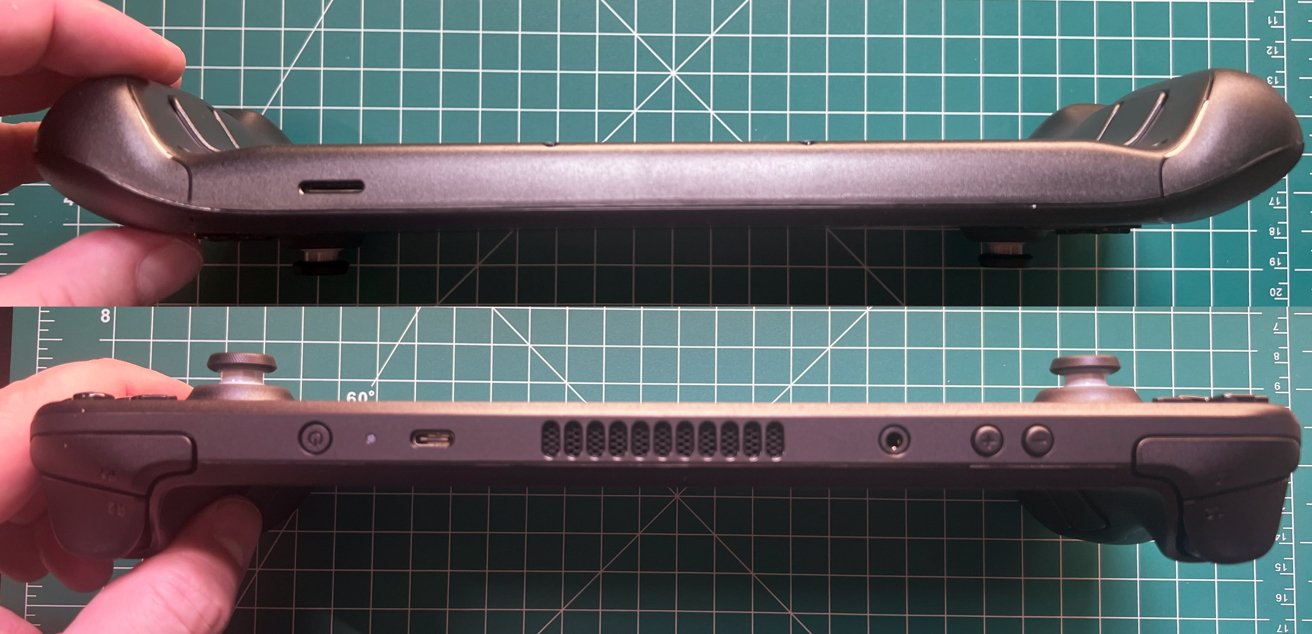
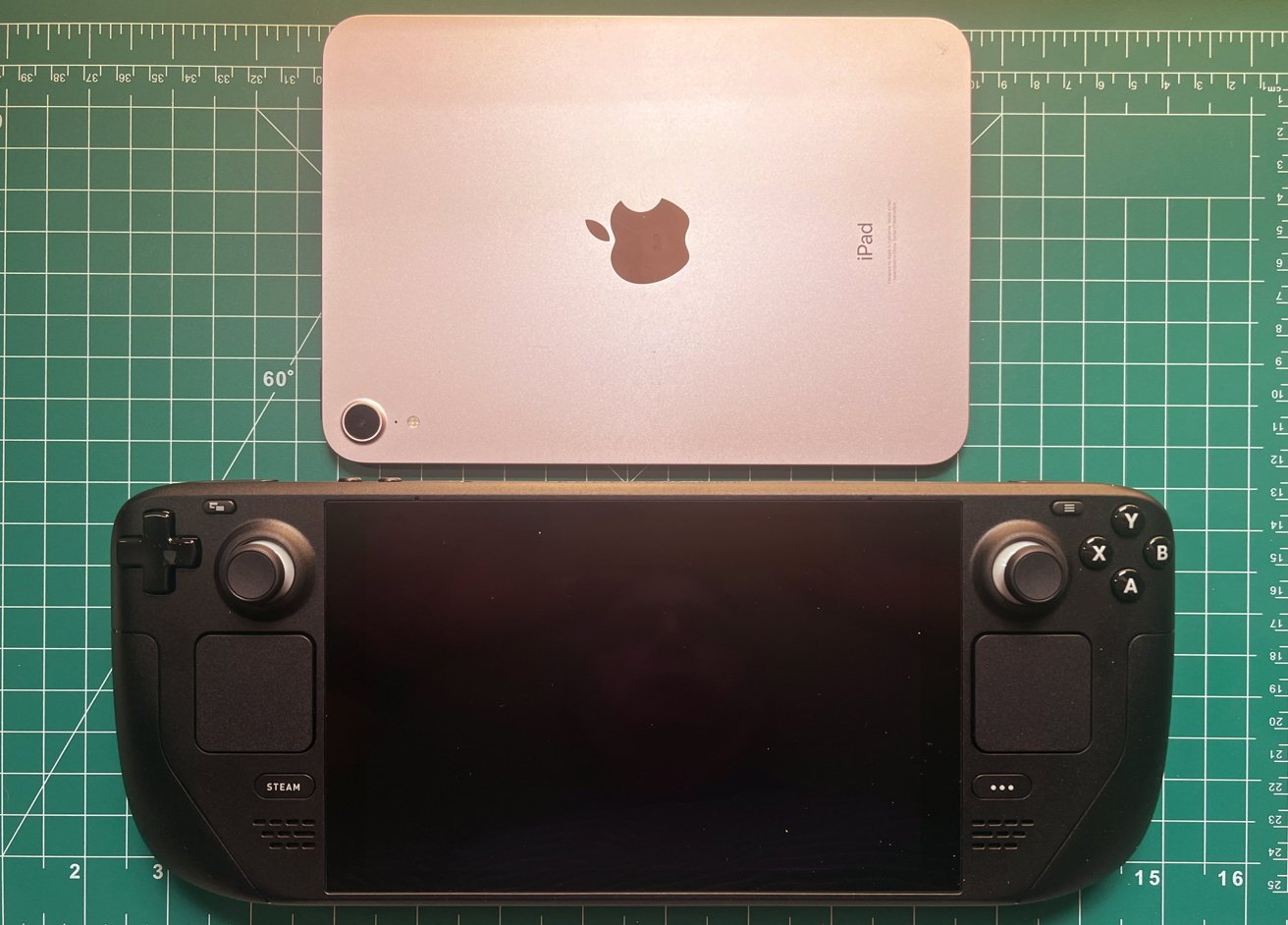
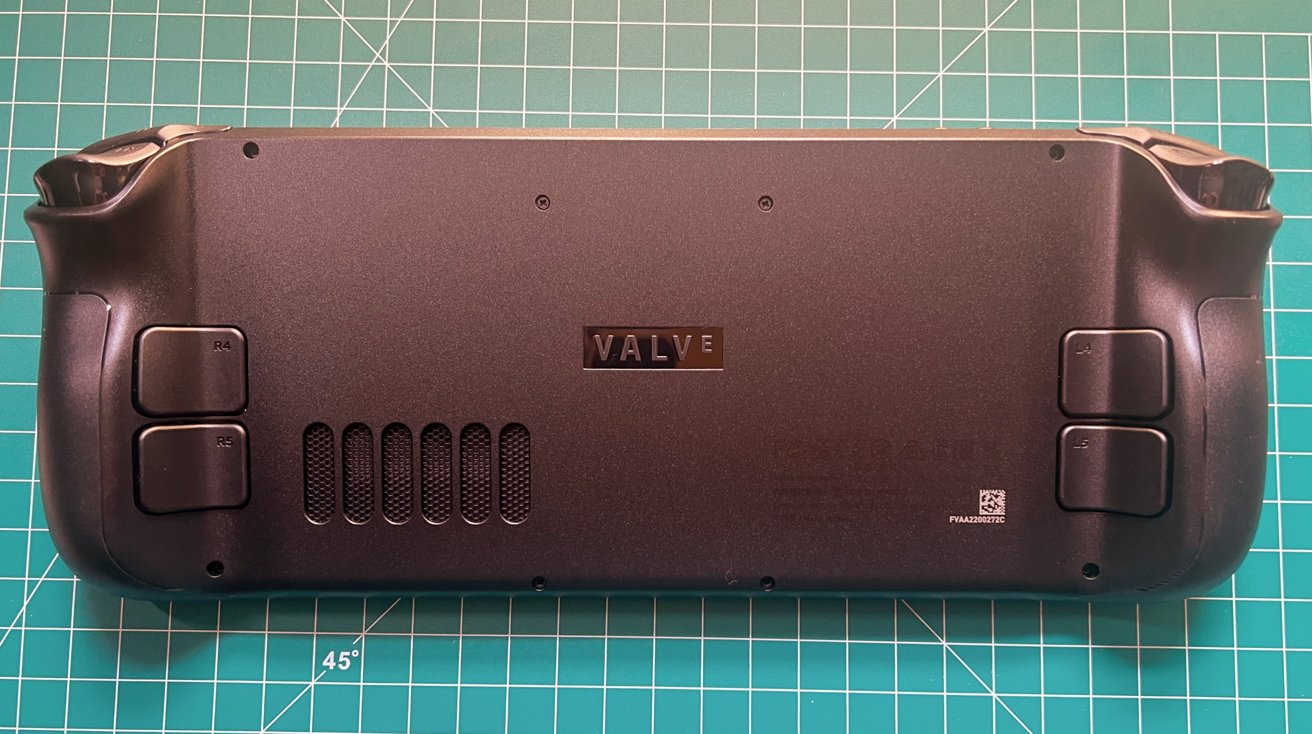
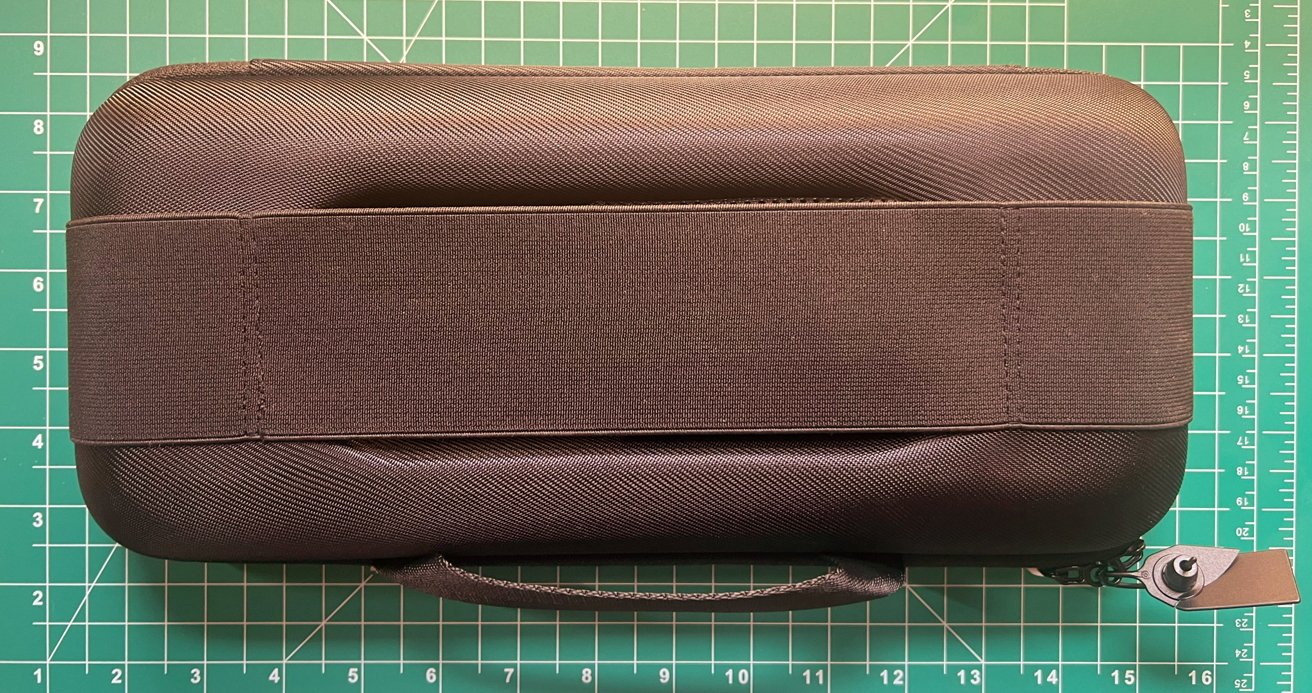
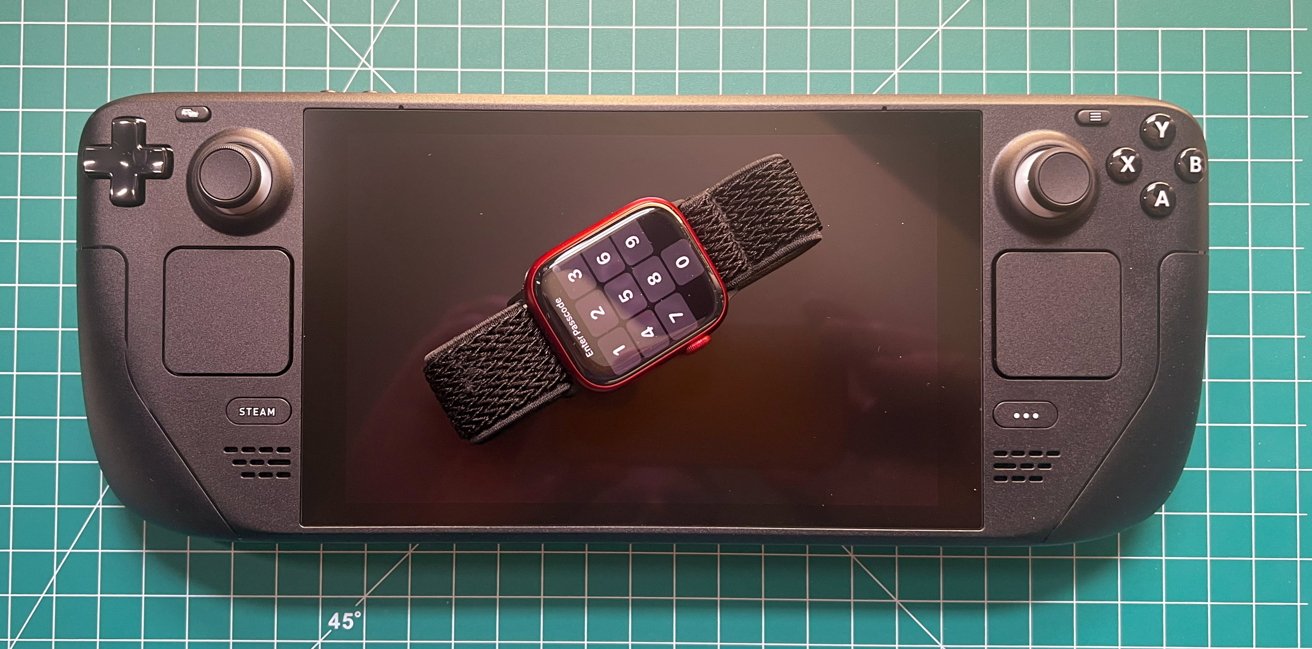


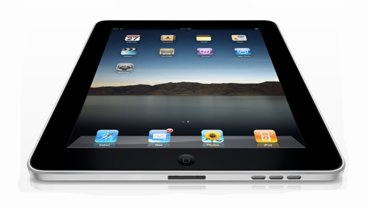




-m.jpg)






 Andrew Orr
Andrew Orr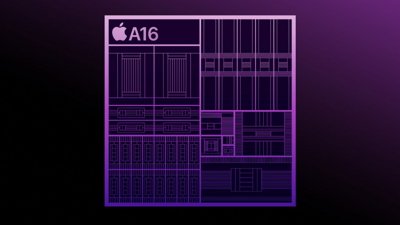
 Wesley Hilliard
Wesley Hilliard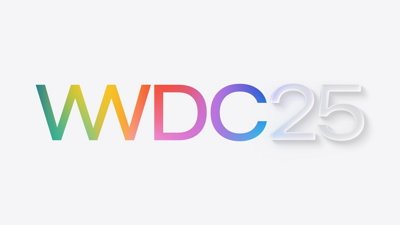
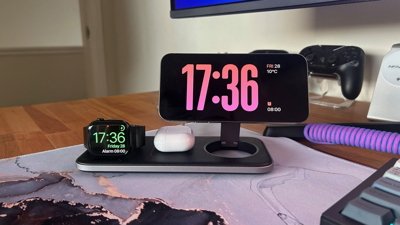
 Oliver Haslam
Oliver Haslam
 Christine McKee
Christine McKee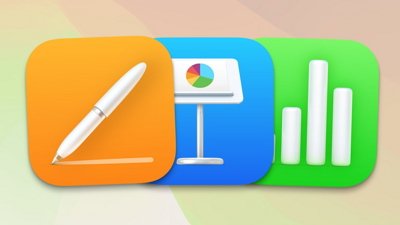
 Amber Neely
Amber Neely










26 Comments
Sega Game Gear is console quality?
Well, maybe compared to Apple Arcade.
Sounds like a largely pointless exercise by Steam. It's more convenient than a laptop for people that want to tinker with emulators and that's about it.
1.5 to 2 hours battery life, prior to turning off features? This is…not great. I see why Apple has put so much effort into its Metal initiative, which delivers more performance at less power.
i’ve yet to hold one but i can’t imagine this not giving me hand cramps after a half hour